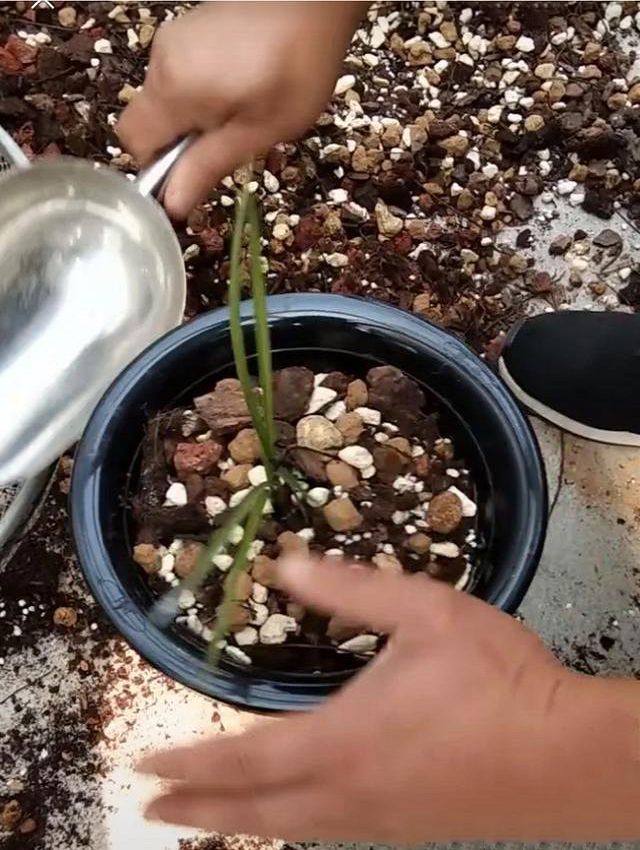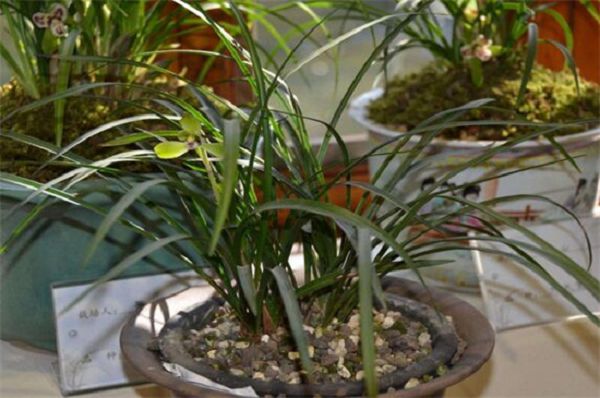The old three kinds of potted orchids were watered once every few days.

The orchids cultivated indoors in the north are using the old three kinds of matching materials, the environmental humidity is relatively low, and there is no good ventilation measures. At this time, the watering frequency in the orchid pot cannot be measured only by the number of days. Instead, the watering frequency of orchid plants should be determined according to the particle size of plants, the proportion of plants and the actual situation of humidity in the basin.
In general, the selection of orchid plants must first have three selection criteria. First, plant materials should have certain nutritional properties. Second, plant materials should have strong water absorption and water retention. Third, plant materials should have strong hydrophobicity and air permeability. The last two seem to contradict each other. This is also an important reason why it is difficult to master the watering of orchid plants. The old three kinds of cutting and planting materials basically include. Volcanic stone, gold plant stone, pine bark block, when using these materials with planting materials, generally use about 0.5 to 1cm particles. With such a particle size, if the plant material matched at 1:1:1 is used, orchids are raised indoors where the environment in the north is relatively dry and the ventilation is relatively poor. After watering the orchids once, it usually takes about half a month. The plant material in the basin will become drier.
And if the volcanic stone, phytolith, bark blocks also use a particle size of about 0.5 to 1cm in diameter, and match it with a proportion of 1:1:3. Because the water absorption and water retention of the bark will be better, if the bark is used more, its water retention will be greatly improved. Therefore, the watering time can be extended for several days according to the actual situation.
If the particle size of these three materials is about 0.3-0.7-0.8 cm, then their moisture retention and water retention capacity is much higher than that of plant materials with particle size of about 0.5 to 1cm. In other words, the smaller the particle size is, the stronger the water retention capacity is, and the higher the proportion of humic material (soft plant material) is, the stronger the water retention capacity is.
On the contrary, the larger the particle size is, the more the proportion of soft material is and the less the proportion of hard plant is. The better its hydrophobicity and permeability, the easier it is to dry the plant in the basin. The watering frequency should be increased appropriately. To sum up, in order to cultivate orchids in a relatively dry and ventilated environment, even if the old three kinds of plants which are relatively loose and breathable are used, the watering frequency should be determined according to the actual humidity of the plant in the basin, and the watering time and frequency should not be determined by a fixed number of days.
Related
- Is the orchid suitable for indoor use? Is it good for the body?
- How to prevent the empty root of orchids?
- What to do after the crab claw orchid is withered?
- Why are the leaves of orchids always yellow? Fertilizing and watering.
- Can the root of the gentleman orchid be saved if it is rotten?
- Diagnosis and treatment of cotton-blowing beetle insects in Cymbidium
- There is a way for a gentleman's orchid to rot.
- What is the most suitable temperature and humidity for the orchid?
- How to raise a gentleman's orchid? Cultivation techniques of Cymbidium
- How to prepare the nutritive soil for the cultivation of Cymbidium



